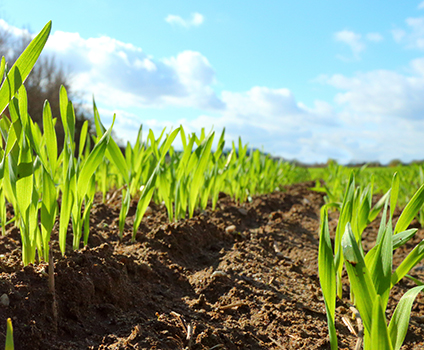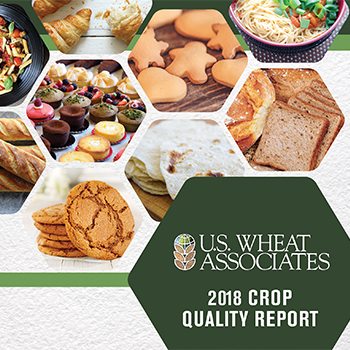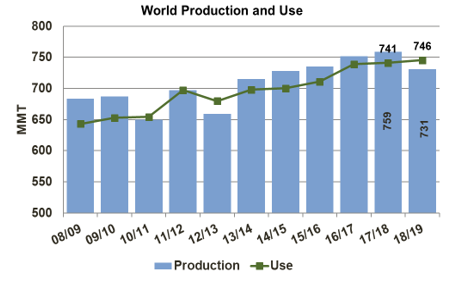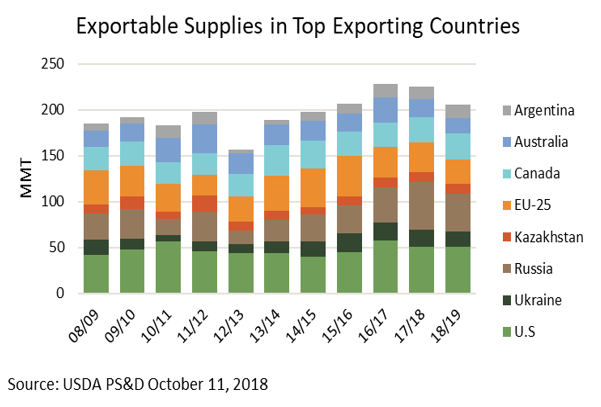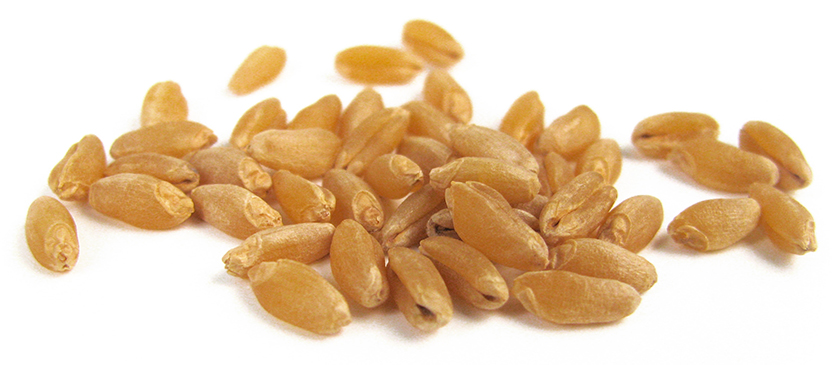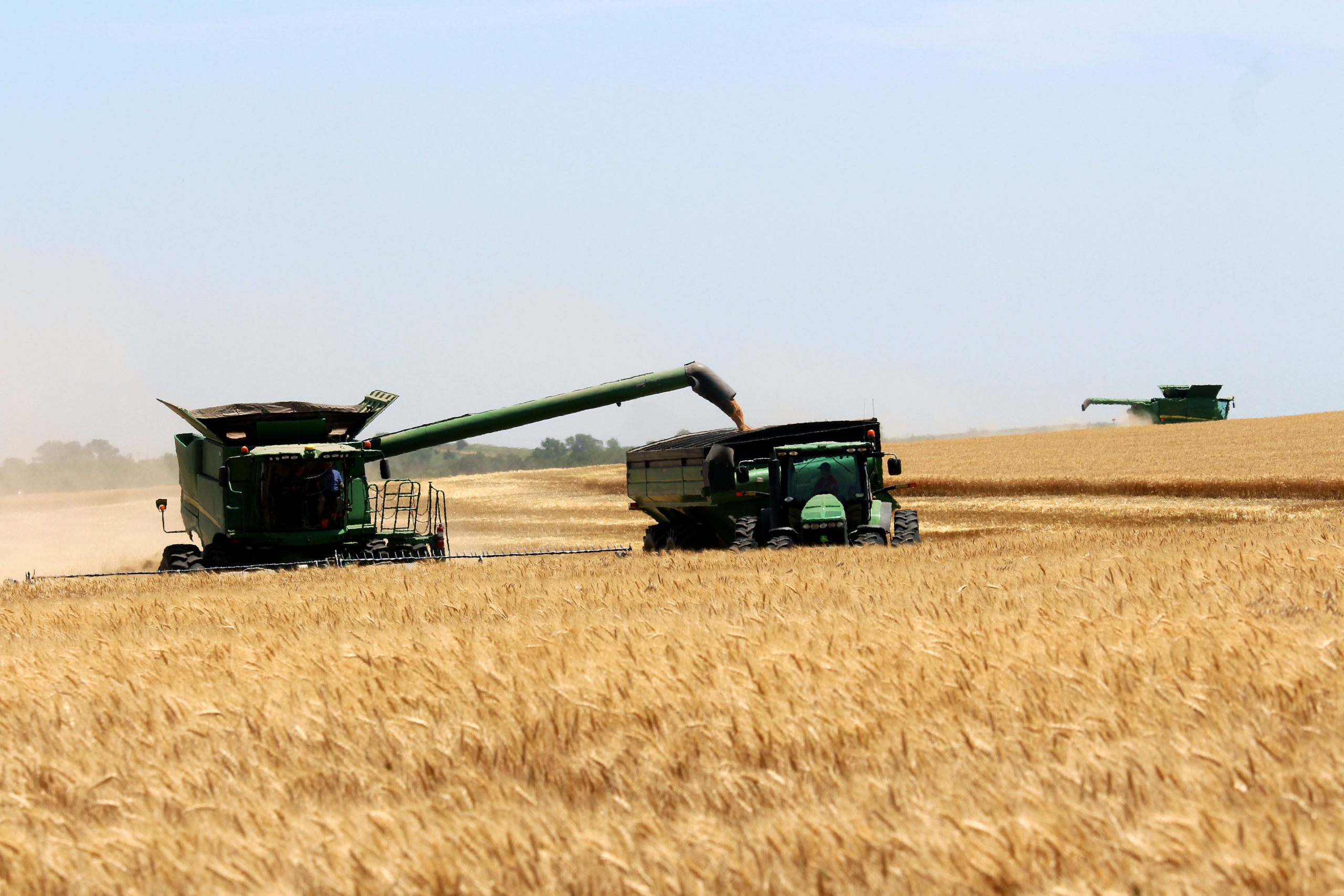Recent news and highlights from around the wheat industry.
Quote of the Week: “The annual U.S. Wheat Associates Crop Quality Report is one of the most useful tools available to buyers of U.S. wheat.” – Vince Peterson, USW President
Best Wishes to Alvaro de la Fuente. Longtime USW Regional Vice President for South America Alvaro de la Fuente has just started what we hope will be a long and enjoyable retirement. We will share some tributes and memories of Alvaro’s successful tenure with USW in Wheat Letter soon. For now though, thank you, Alvaro, for your dedication and service — you will be missed!
Congratulations. We are fortunate to have devoted, loyal colleagues at USW. This month Marketing and Program Coordinator Jin Young Lee, from the USW Seoul Office, is celebrating 25 years. Thank you, Jin Young, for your service to our organization, to U.S. wheat farmers and to our customers around the world.
Farmers Frustrated by Winter Wheat Planting Delays. The waiting game that is winter wheat planting 2018 is about to run out of time. In Kansas – traditionally the nation’s largest producer of winter wheat – the USDA’s Risk Management Agency Planting Deadlines for Kansas ranges from October 15 (northwest Kansas) to November 15 (southeast Kansas). Delays in planting caused by rain have stalled planting progress so far, and could prompt farmers to halt wheat planting altogether and wait until corn, grain sorghum, or soybean planting in 2019. Read the full article from Successful Farming here.
Wheat Marketing Center Seats New Directors, Adds New State. The Wheat Marketing Center (WMC) Board of Directors met last week in Portland for its biannual gathering, where it welcomed two new state representatives to its board. Randy Hinebauch, a wheat farmer from Montana, will represent the Montana Wheat and Barley Committee, while Philip Volk, a wheat farmer from North Dakota, will represent the North Dakota Wheat Commission. The WMC all welcomed the Oklahoma Wheat Commission as a new member to its board. Read the full announcement here.
Northern Crops Institute Welcomes Back Brian Sorenson. The Northern Crops Institute (NCI) recently hired Brian Sorenson for program manager. In his new role, Sorenson will use his background in cereal chemistry, grain milling and grain quality to provide organization and leadership in the development of educational programs to promote northern grown crops to global grain buyers and food processors. He previously served as technical director at NCI from 2001-2008 and director from 2008 to 2011. Read the full announcement here.
National Wheat Foundation Scholarship. The National Wheat Foundation’s Jerry Minore Scholarship honors high school and college students pursuing an agricultural career. “The purpose of the Jerry Minore Scholarship is to help students who are passionate about agriculture at school and at home,” said National Wheat Foundation Chairman Wayne Hurst. “Our students are the future. They will go on to educate the next generation about wheat, agriculture and their role in society.” The application deadline is Dec. 1, 2018. Click here to learn more and apply.
Grain Companies Seek More Efficiency. Archer Daniels Midland Company, Bunge Limited, Cargill, and Louis Dreyfus Co. are investigating ways to standardize and digitize global agricultural shipping transactions and are seeking broad-based industry participation to promote global access and adoption. Initially, they are focused on technologies to automate grain and oilseed post-trade execution processes to encourage shorter document-processing and wait times and better end-to-end contracting visibility. Longer term, the companies want to drive greater reliability, efficiency and transparency by replacing other manual, paper-based processes tied to contracts, invoices and payments, with a more modern, digitally based approach. Read more here.
Cereal Science Events Calendar. Cereal Scientist Dr. M. Hikmet Boyacıoğlu maintains a calendar of events related to the cereal science field. If you wish to receive this calendar, you may email Dr. Boyacıoğlu at [email protected].
Subscribe to USW Reports. USW publishes a variety of reports and content that are available to subscribe to, including a bi-weekly newsletter highlighting recent Wheat Letter blog posts, the weekly Price Report and the weekly Harvest Report (available May to October). Subscribe here.
Follow USW Online. Visit our page at https://www.facebook.com/uswheat for the latest updates, photos and discussions of what is going on in the world of wheat. Also, find breaking news on Twitter at www.twitter.com/uswheatassoc and video stories at https://www.youtube.com/uswheatassociates.




